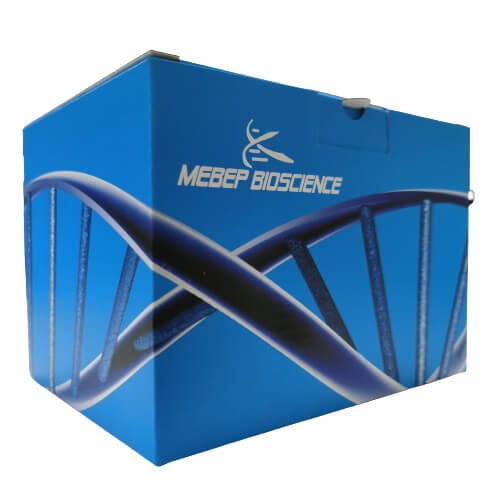
Multiple Nucleic Acid Detection Kit for Sheep, Duck, Pig, and Cattle Derived Components (PCR Fluorescence Probe Method)
2024-12-27
Metal bead 2.8mm
2024-12-30Product Number: PDK01
Shipping and Storage
Please store the reagents at -20℃ and avoid repeated freeze-thaw cycles. The validity period is two years; Before use, it should be completely melted at room temperature and thoroughly inverted before centrifugation.
Components
| Component | 50 tests |
| Nucleic acid amplification reagents | |
| Porcine-derived Mixture | 1 ml×2 |
| Taq Master mix | 30μl×1 |
| Reference substance | |
| Negative control | 50μl×1 |
| Positive control (total DNA of tissues in pork) | 50μl×1 |
Description
This kit utilizes a pair of specific primers for pig mitochondrial DNA, a specific fluorescent probe, and components such as Hot Start Taq DNA Polymerase and four types of monomeric nucleotides (dNTPs). PCR technology is used to amplify conserved genes in pig mitochondrial DNA, and external standard methods are used to detect mitochondrial DNA in the sample. The lower limit of DNA detection is 0.1pg/μl.
This reagent kit has no non-specific amplification for samples from cows, horses, sheep, chickens, ducks, rabbits, donkeys, mice, and geese.
Reagents and items that users need to bring themselves
1.1.5 ml centrifuge tube, 8-row or single tube PCR tube
2.Pipette and suction head (To avoid contamination between samples, please choose a pipette suction head containing a filter element)
3.Disposable gloves, protective equipment, and tissues
4.Desktop small centrifuge (can be equipped with rotors for centrifuging 1.5 ml centrifuge tubes and 2 ml centrifuge tubes)
5.Vortex oscillator
Note
1.Before use, completely dissolve the reagent at room temperature, mix it upside down and centrifuge briefly to allow the reagent to deposit to the bottom of the tube.
2.When preparing PCR reaction solution, please place the reagent on ice and avoid strong light exposure.
3.It is recommended to set at least three experimental areas from the preparation of reaction solution to the addition of detection samples, and conduct physical isolation.
3.1.Areas 1: Preparation and packaging of reaction solution.
3.2.Areas 2: Preparation of DNA for testing samples.
3.3.Areas 3: Add DNA from the test sample to the reaction solution for reaction and detection (PCR reaction tubes after amplification are strictly prohibited from being opened!)


